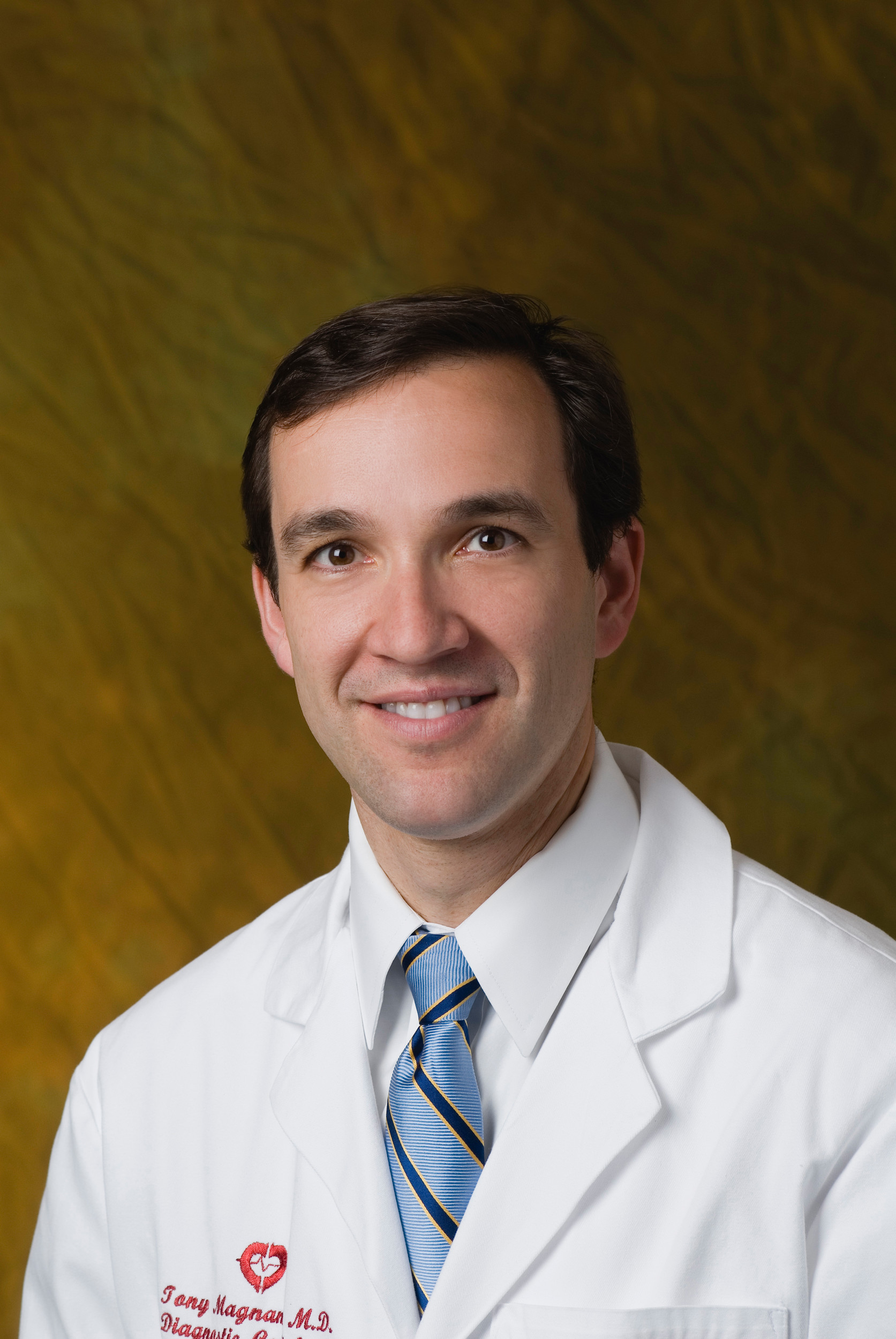Becoming Heart-healthy Can Reduce Seniors’ Risk of Stroke
Every 40 seconds someone in the U.S. suffers from a stroke. The risk is especially high for those 65 and older, with nearly 75 percent of strokes occurring among this population.
May is American Stroke Month, and it’s an important time to gain a better understanding of this medical emergency and how it can be prevented.
What many may not know is the strong connection between stroke and heart disease – and how taking care of your heart can lower your stroke risk.
The link between heart and brain
Because the brain needs oxygen-rich blood pumped by the heart, these two organs are directly connected. By definition, a stroke occurs when blood flow to the brain is abruptly interrupted, due to a blood clot creating a blockage or a blood vessel rupturing. Simply put, the more effectively your circulatory system operates, the lower your risk of stroke.
Two heart conditions that are tied closely to stroke are high blood pressure and atrial fibrillation (AFib), the most common type of abnormal heart rhythm. According to the American Heart Association, 75 percent of people who experience a stroke for the first time have high blood pressure. It is a major cause of stroke because it gradually thickens, narrows and damages the arteries in the neck, head and brain.
High blood pressure can lead to “ischemic” strokes – which make up about 85 to 90 percent of strokes in the United States. An ischemic stroke is caused by lack of blood flow to the brain due to a blood clot or narrowing of blood vessels.
Because nearly 80 million Americans live with high blood pressure, it contributes to the majority of strokes. AFib, however, is a more potent risk factor, increasing stroke risk by five times. The arrhythmia can cause the upper chambers of the heart to lose contraction, allowing blood to pool and potentially creating clots that could travel to the brain.
Both conditions are serious and should be evaluated and treated by a medical professional.
Lowering your stroke risk
The good news is that leading a heart-healthy lifestyle that includes regular physical activity and a low-fat diet can not only diminish stroke risk but also improve your overall health. Adults should aim for at least 150 minutes of exercise per week, and focus on a diet high in fruits, vegetables and whole grains, and low in salt and fat. Alcohol should be limited to one drink per day for women and two drinks per day for men.
One of the most important factors in lowering stroke risk is to quit smoking. According to the National Stroke Association, smoking can double the risk of stroke compared to non-smokers.
Another important part of a heart-healthy lifestyle is regularly seeing a doctor to monitor your heart and figure out the best plan for you. For those with high blood pressure, always take medication as instructed and use a home blood pressure monitor to keep track of your progress.
Knowing the symptoms
Ideally, you can reduce your risk of stroke by managing your heart health, but recognizing the warning signs of stroke can still protect both yourself and your loved ones. Catching a stroke early and getting medical attention can not only save a life but also reduce the long-term negative effects.
F.A.S.T. is a simple way to remember the signs: face drooping, arm weakness and speech difficulty. If you notice these three symptoms, it’s “time” to call 911.
As you age, potential medical problems can seem overwhelming. By preparing yourself with the right knowledge and taking preventative actions, you will have a better chance of keeping yourself on the right side of the statistics. Dr. Anthony Magnano is a Ponte Vedra resident and cardiac electrophysiologist at St. Vincent’s Medical Center Riverside.







